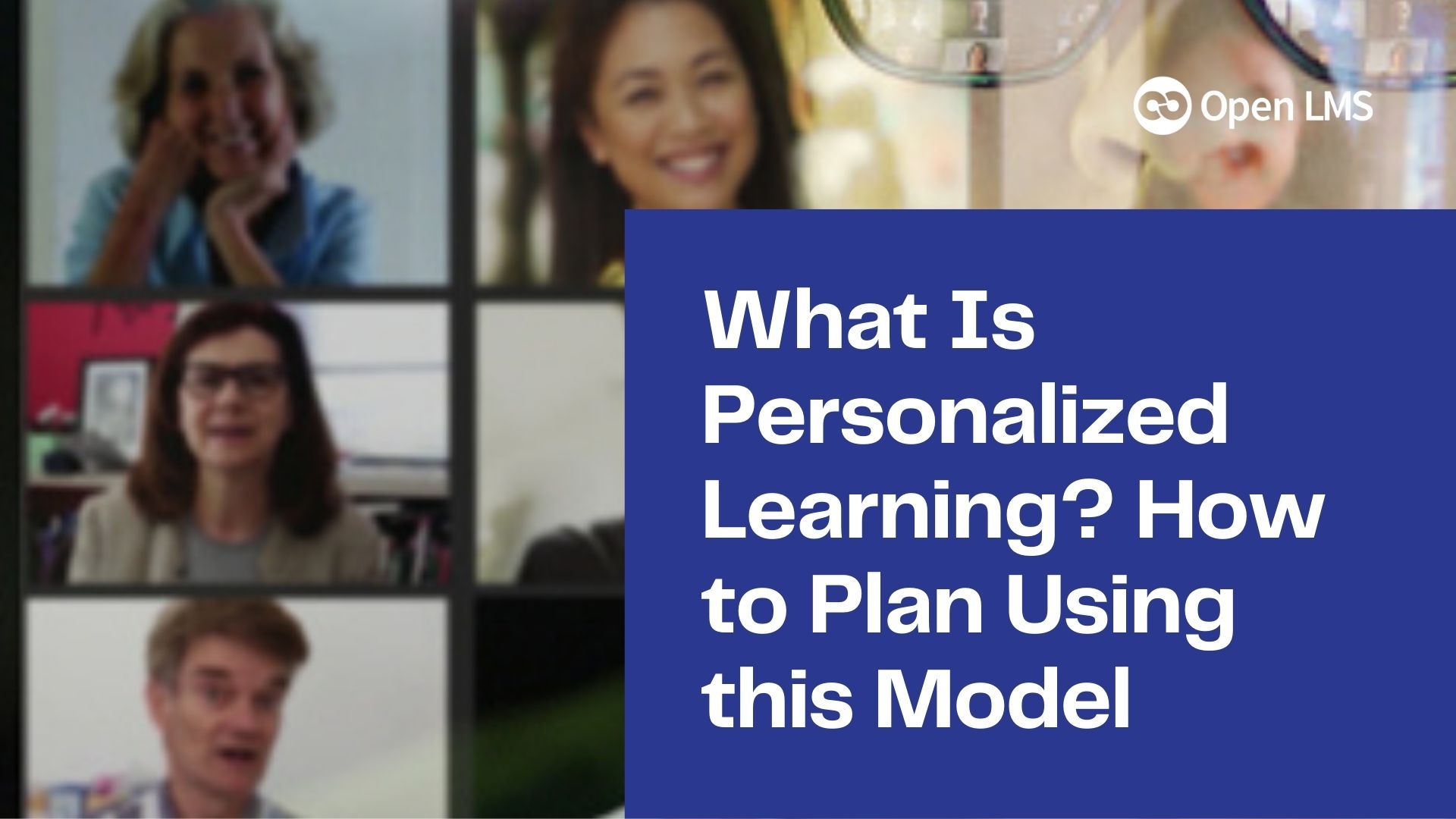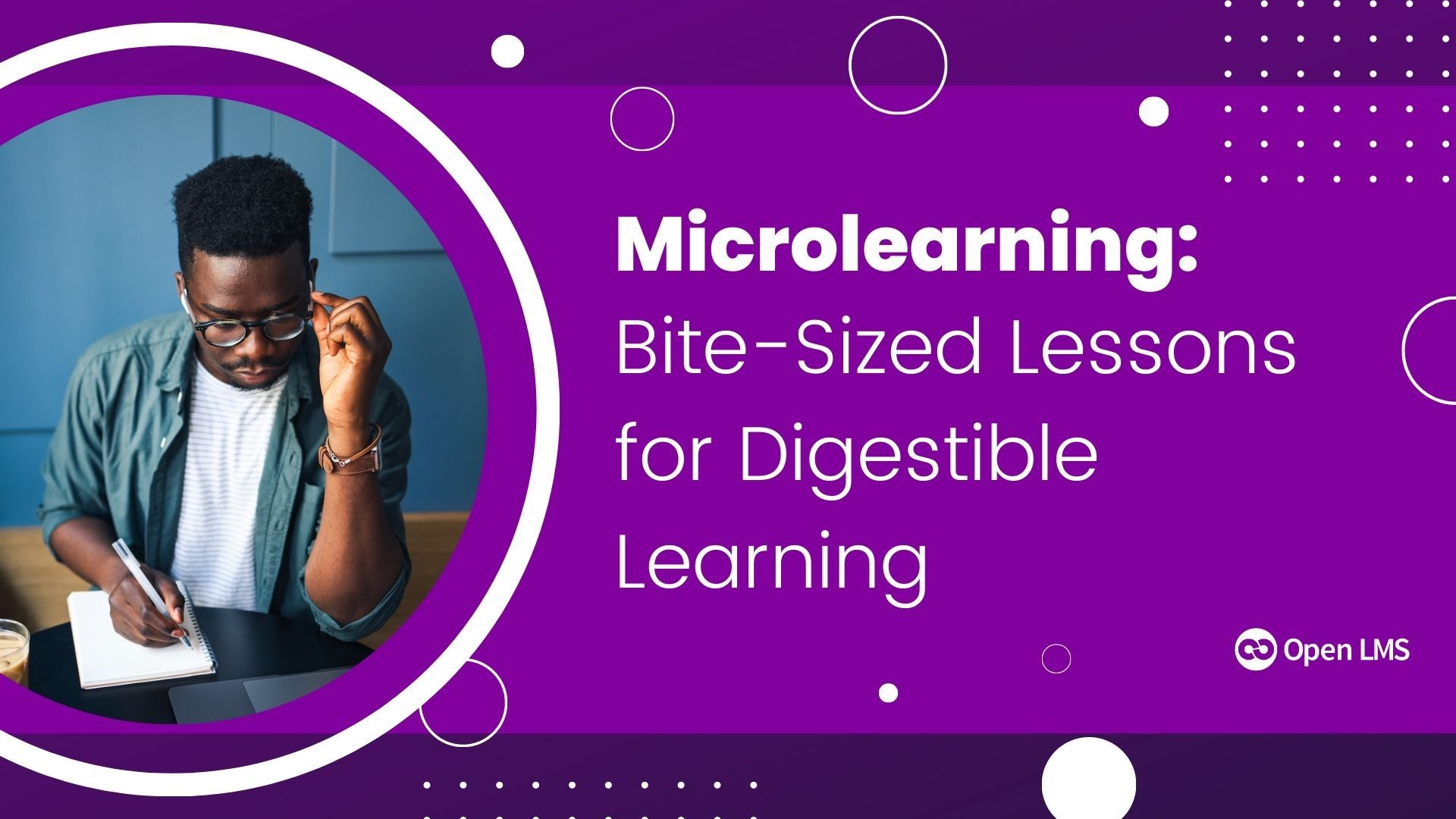
What Is the Kirkpatrick Evaluation Model? 4 Steps to Better Results
Learn about the history, founder and methodology behind the Kirkpatrick model. See how to use it in business and academic settings!
Learn about the history, founder and methodology behind the Kirkpatrick model. See how to use it in business and academic settings!
All modern education needs personalized learning. Learn what it means and how to implement it in your online classrooms.
Discover microlearning—bite-sized lessons that increase retention for learners and how you can implement microlearning in your classroom.
One of the most unique and stubborn challenges for online learning is building engagement. In a brick-and-mortar classroom, student engagement is enhanced by the physical limitations imposed by space and time as well as the various interactive moments instructors construct to provoke thought and response. Online, those factors do not lie in favor of the classroom content, so engagement needs to be fostered in ways that work asynchronously for diverse learners in a range of locations.
Education and technology have merged during the 21st century to become a powerful force for learning. Moving past traditional classroom or training conferences, eLearning has opened onboarding potential for new hires, allows users to network, learn and explore anywhere, and makes it easy to recertify licenses with online continuing education courses.
Read about digital content trends and how 2020 has changed the future of digital educational content forever.
Quick Take: COVID-19 has accelerated the digital transformation of education institutions and corporate organizations alike. If you’re looking to start a journey towards digital transformation, considering technology adoption, course design, and implementing a student-centered approach to learning are some aspects to keep in mind.
The learning ecosystem is used to describe the web of tools and solutions that integrate and connect to deliver educational resources to learners in an organized and seamless fashion. Content is one of the few truly essential elements of this ecosystem. After all, if you don’t have engaging content to accompany verbal instruction or lessons, your learners are bound to lose interest or the ability to understand and digest information.
While an LMS is a critical investment for universities and schools, that investment is dwarfed by the investment in procuring and creating digital content to populate their courses. That investment can make it difficult to consider a move to an LMS that may be a better fit for your institution.







